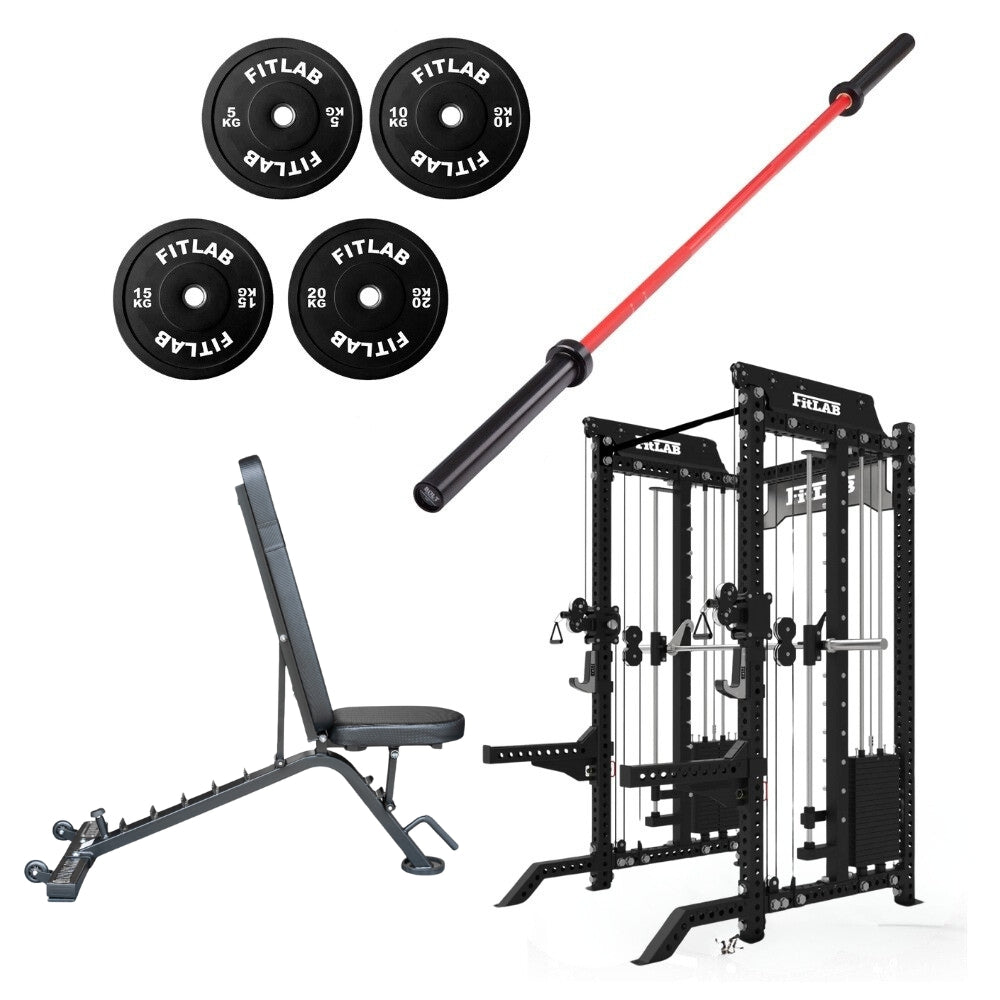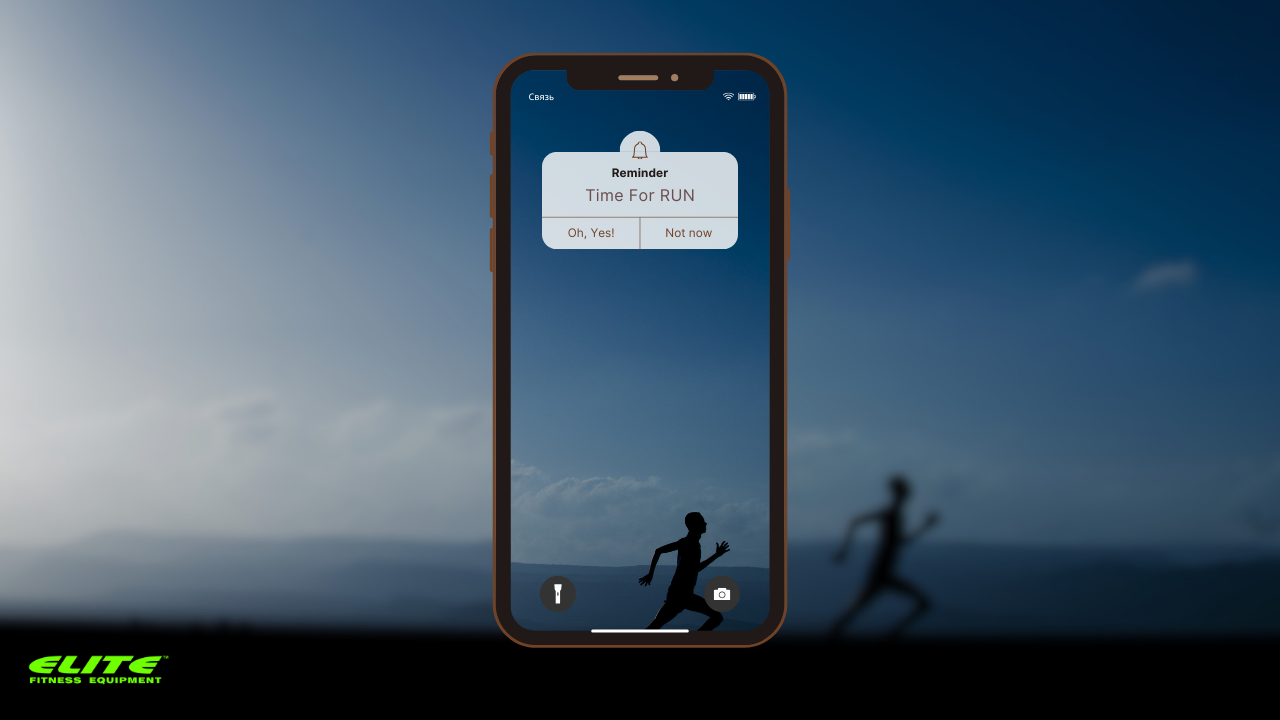When it comes to deciding the best cardio exercise to lose fat, the debate between walking and running often sparks & heats up the discussions. Both activities offer benefits, but which one is running ahead in the battle against losing fat fast?
Before we delve into the specifics, it's essential to understand the fundamentals of fat burning.

During exercise, your body burns a combination of fat and carbohydrates for energy. The intensity of the activity and your overall fitness level play crucial roles in determining the ratio of these energy sources.
Walking: Steady Approach
Walking is a low-impact, accessible form of exercise that can be easily incorporated into your daily routine, Even 15 minutes of daily walking can do wonders for your body.
While it may not seem as intense as running, walking has several advantages when it comes to fat burning:
- Increased Calorie Burn Over Time: Walking at a moderate pace can burn a significant number of calories, especially when performed for extended periods. This sustained calorie burn contributes to a caloric deficit, which is essential for fat loss.
- Improved Cardiovascular Health: Regular walking strengthens your heart and lungs, improving overall cardiovascular fitness. A healthy cardiovascular system supports efficient fat burning during exercise.
- Ideal for Beginners: If you're new to exercise or carrying extra weight, walking is a gentle, low-impact option that reduces the risk of injury and makes it easier to stick to a consistent routine.
Running: HIIT Approach
Running, on the other hand, is a high-intensity exercise that can burn a substantial number of calories in a shorter period. Here's how running contributes to fat loss:
- Increased Calorie Burn: Running burns more calories per minute than walking, making it an efficient choice for those with limited time or seeking a more intense workout.
- Afterburn Effect: High-intensity exercises like running can trigger an "afterburn" effect, where your body continues to burn calories at an elevated rate even after you've finished your workout.
- Improved Metabolism: Regular running can boost your metabolism, helping you burn more calories throughout the day, even during periods of rest.
Recommended Duration Based on Weight
To increase the fat burning rate, it's essential to strike a balance between walking and running based on your current weight and fitness level. Here's a general guideline for recommended durations:

Please note that these recommendations are general guidelines, and individual factors such as age, height, weight, fitness level, and overall health should be considered. It's always advisable to consult with a healthcare professional or a certified fitness trainer for personalized advice.
Incorporating With Treadmill
A Treadmill from a fitness equipment provider from Brisbane offers a convenient and controlled environment for both walking and running workouts. Here are some tips for effective treadmill sessions:
- Walking on an Incline: Increase the incline on the treadmill to simulate uphill walking, which can burn more calories and engage additional muscle groups.
- Interval Training: Alternate between periods of walking and running, or incorporate high-intensity intervals to challenge your body and boost calorie burn.
- Steady-State Running: For those comfortable with running, aim for steady-state runs at a consistent pace to improve cardiovascular endurance and burn calories effectively.
- Variety and Progression: Mix up your treadmill workouts by varying the intensity, duration, and incline to prevent plateaus and keep your body challenged.
Is Running on a Treadmill Easier?
Many people wonder if running on a treadmill is easier than running outdoors. The truth is, it can be both easier and more challenging, depending on various factors:
- Consistent Surface: Treadmills provide a consistent, flat surface, which can be easier on your joints compared to running on uneven terrain outdoors.
- Weather Conditions: Treadmill running eliminates the need to battle against wind resistance, extreme temperatures, or inclement weather, making it a more controlled environment.
- Pacing and Incline: While treadmills allow you to set a specific pace and incline, maintaining that pace can be challenging, especially during longer runs.
Ultimately, the perceived difficulty of treadmill running varies from person to person. Some may find it easier, while others prefer the varied terrain and scenery of outdoor running.
Is Running or Walking Better for Fat Loss?
When it comes to fat loss, both running and walking can be effective, but their impact differs:
- Calorie Burn: Running burns more calories per minute than walking, making it a more efficient option for those seeking a higher calorie burn in a shorter time frame.
- Intensity Level: Running is a higher-intensity exercise, which can lead to an increased afterburn effect and a potential boost in metabolism, contributing to more significant fat loss over time.
- Exercise Duration: While running may burn more calories initially, walking allows for longer durations of exercise, which can lead to a comparable calorie burn and fat loss over time.
- Accessibility and Injury Risk: Walking is generally more accessible and has a lower risk of injury, making it a safer choice for beginners or those carrying significant excess weight.
The choice between running and walking for fat loss depends on your fitness level, goals, and personal preferences. A combination of both can be an effective approach, allowing you to reap the benefits of high-intensity running and the accessibility of low-impact walking.
Remember, consistency is key when it comes to achieving sustainable fat loss results. Combine a balanced diet with regular exercise, and be patient – the results will follow.
In the battle between walking and running, the ultimate winner lies in finding the approach that aligns with your preferences, fitness level, and lifestyle. Both activities offer significant benefits, and incorporating a combination of the two can be an effective strategy for maximizing fat loss and improving overall health.



Leave a comment